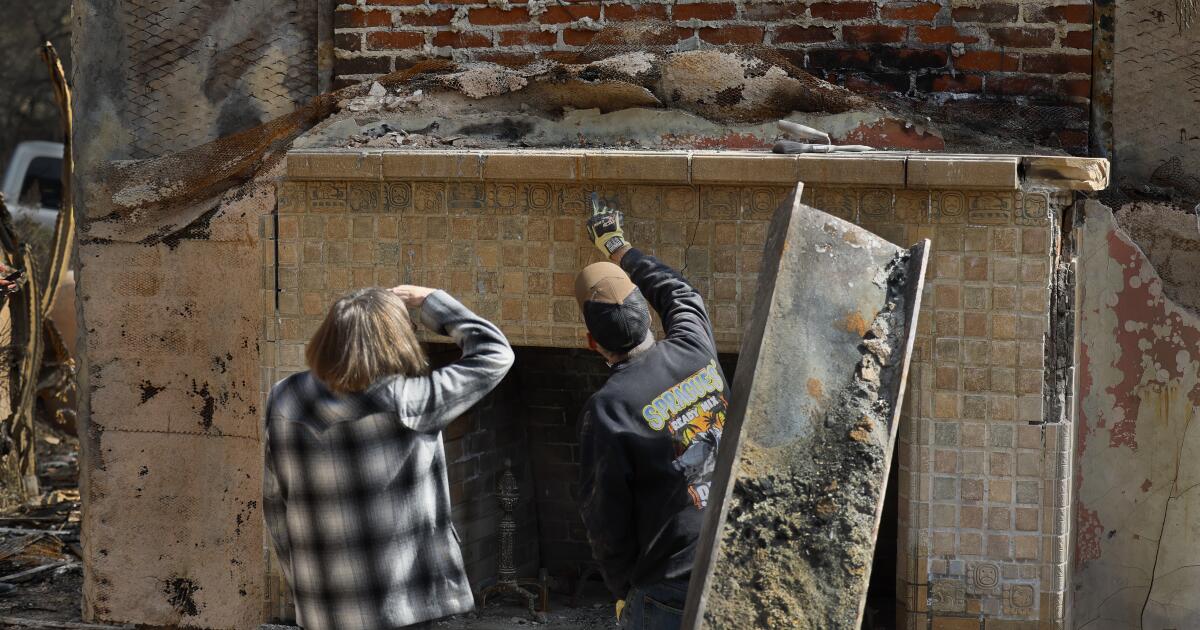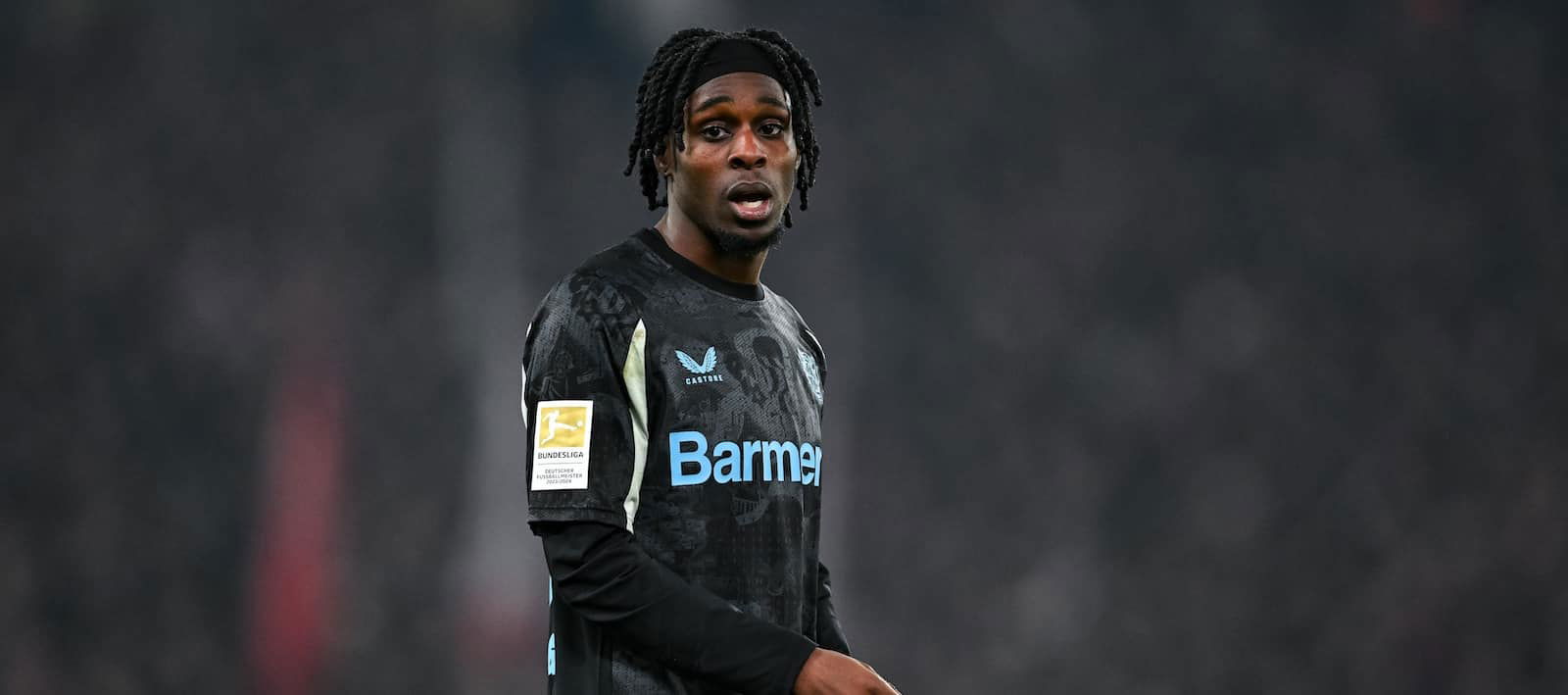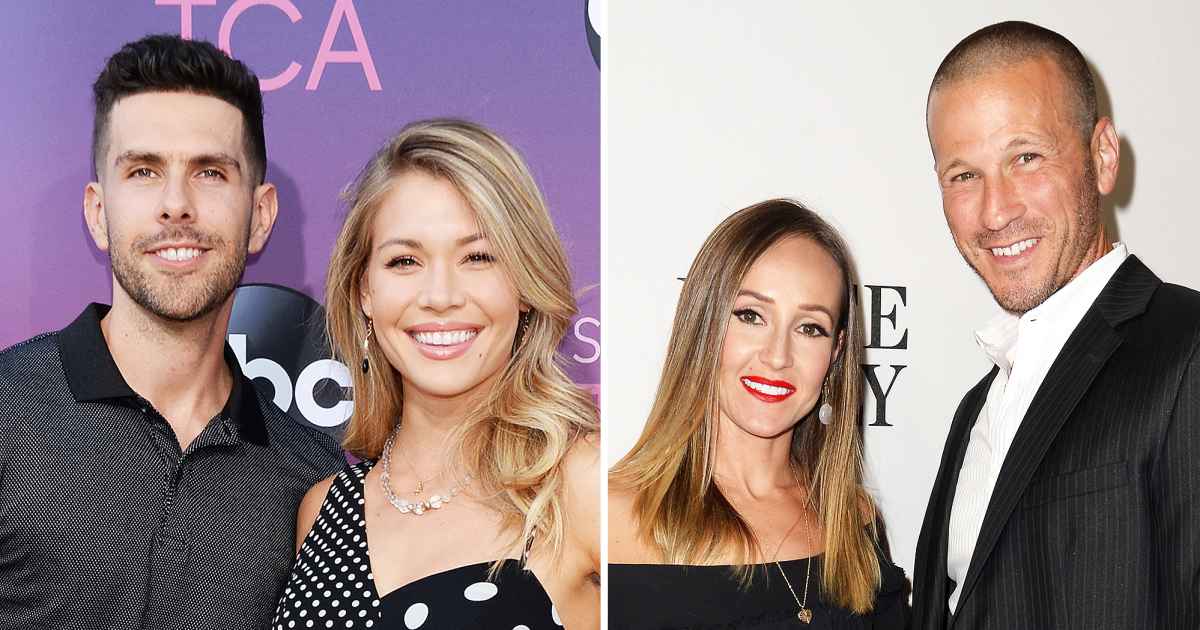The story the British government began telling in March 2018 on the road to the war, which the British and their allies are now losing in the Ukraine, is that Russian assassins, on a mission approved by President Vladimir Putin, tried to kill Sergei and Yulia Skripal with a poison weapon they left behind.
As story-telling goes, this one has been extraordinarily successful. Much more successful than the Anglo-American war against Russia. Most British people, all United Kingdom media reporters, and about one-quarter of the black cab drivers of London believe the story.
This large group of people are being persuaded by a retired Court of Appeal judge named Anthony Hughes (titled Lord Hughes of Ombersley) not to notice that between the allegation of an unwitnessed attempt at murder by poison sprayed on a door handle on March 4, 2018, and the allegation of a death by poison sprayed from a perfume bottle on June 30, 2018, there is a gap of more than four months in time, and of almost fifteen kilometres in space.
The question for the judge is an obvious one: how did the murder weapon get from the one crime scene to the other without the murderer’s movement, presence or action; without leaving a single circumstantial clue; and without causing collateral damage, let alone poisonous contamination of anyone over such a long interval.
In testimony to answer this question this week in a London meeting hall made up like a court, Hughes listened to the chief investigator of the crimes at the Metropolitan Police repeatedly admit he didn’t know how to explain the gap.
In ten accompanying evidence exhibits, Hughes also accepted that the only way the sole witness called to explain the gap could do so was to coach him through ten separate police interviews, eight of them in just three weeks following the death of Dawn Sturgess, his girlfriend. The witness Charles Rowley, according to his police record, is a criminal with multiple heroin possession convictions, a suspect in dealing Class A drugs, and a drug addict on methadone prescription. Para 31. Rowley was also on the press record as hustler for a million-pound payout.
Rowley, the judge was told by the police, was classified by the MET as a Section 18 witness. That is to say, according to the exhibit of the police “Witness Interview Strategy – Charlie Rowley”, dated July 12, 2018, he was a witness “whose quality of evidence is likely to be diminished by reason of fear or distress”.
Hughes made a record of accepting as admissible Rowley’s changing and contradictory explanations of how he came by the poison weapon. The judge also accepted as admissible the MET’s acknowledgement that they don’t know with confidence how the poison weapon had gone from one place to the other. Their confidence was so low, the chief MET investigator told the judge, “we have not managed to secure sufficient evidence yet to present to the CPS [Crown Prosecution Service], sir, that allows them to charge with any offences linked to Dawn and Charlie’s poisoning,” — Page 6.
Hughes’s counsel replied: “Yes, thank you. Moving on just a little bit.” .
The policeman, Commander Dominic Murphy, also said: “I don’t think we will ever actually know and the reality is there are of course several hypotheses for where the Novichok could have been and where Charlie could have found it”; “I think it’s worth acknowledging, sir, that there are of course many possibilities still for where the Novichok would have been and how Charlie found it”; “I don’t think we can discount the box being anywhere during those periods, no. We cannot evidence where the box was from 4 March right through to the point at which it was in Muggleton Road [Dawn Sturgess’s home]”; “I should say as the SIO [Senior Investigating Officer] for Operation Caterva I have seen no information or evidence to suggest that this is the case, but yes, of course it absolutely remains a possibility.”
“Thank you,” Hughes said.
Hughes tried telling the policeman how to say what he wasn’t sure he saw. “He [Rowley] is coming from the direction of the bins. What is he carrying, do you think? A [Murphy]. I would imagine items he has recovered during the process. LORD HUGHES: Well, don’t imagine, Mr Murphy, come on. What does it look like?” The judge was so angry with the police officer, he stripped him of his commander rank.
In the Anglo-American jurisprudence of murder trials, when the judge coaches the witness in front of the jury, the defence lawyer rises and objects. He then asks for the jury to be excused while he demands the judge retract, recuse himself, or dismiss the charges because the prosecution has failed to present a case to answer. Hughes, however, is following the orders of the British Government, not English law. The orders are to fabricate the appearance of the case which the prosecution cannot make, in order to “identify, so far as consistent with section 2 of the Inquiries Act 2005, where responsibility for the death lies.”
Russian weapon, Russian crime, Russian culprits, Russian responsibility – those are the Hughes orders.
Left, Metropolitan Police Commander Dominic Murphy under questioning from Lord Hughes, right, at the hearing of November 20, 2024. Note both the witness and the judge fidget nervously with pens. https://www.youtube.com/watch?v=fp7_dbHHJPg — Minute 17.
Charles Rowley, the only direct witness of the poison weapon in a perfume bottle which allegedly killed Dawn Sturgess, had been scheduled to give his own sworn testimony to the Hughes proceeding in its first week. However, the BBC reported “Mr Rowley had been expected to give evidence to the inquiry this week, but was unable to because of his poor health.”
Hughes’s counsel, Andrew O’Connor KC, said something different in the hearing of October 16. “At one stage we [Hughes] had planned for Mr Rowley to give evidence this week and, of course, had he done so he would have been able to cover those matters in sequence.” O’Connor did not claim that Rowley was ill. “For various reasons,” O’Connor told Hughes, “he isn’t now giving evidence this week and is timetabled to appear to give evidence in London, in fact towards the end of the hearings in November.”
“There are two important factual issues that his evidence covers. The first one, which we have mentioned more than once, is the question of how he came into possession of the perfume bottle; how, when, where. The second, as I have just mentioned, is that of the events of Saturday, 30 June…We will leave that other issue, the question of how Mr Rowley came into possession of the bottle, when, where and so on, until that section of the evidence at the end of the hearings where we hope Mr Rowley will be present to give evidence about that himself.
LORD HUGHES: Right.” — page 50-51.
Source: https://www.mirror.co.uk/
Read what Rowley told police interviewing him for the third day in a row at his bed in the Intensive Care Unit of Salisbury District Hospital on July 15, 2018.
When O’Connor said Rowley was “timetabled to appear”, he was lying. In the outcome, Rowley was not scheduled, and he did not appear to testify “at the end of the November hearings.”
Hughes has not asked for the reason; his lawyers have announced none. The British press reporting the hearings have failed to notice that Rowley is missing.
As chairman of the Inquiry and as judge, Hughes has explained that he has disallowed Sergei and Yulia Skripal from testifying in order to protect their security. He has failed to explain his reason for preventing Rowley from testifying, and for substituting MET Commander Murphy in his place.
There is precedent. In the history of the English courts, the Star Chamber had a record of accepting witnesses who had been tortured by state agents. That was abolished in 1640, and the statute of habeas corpus introduced to require those accused and direct witnesses to be brought physically before the court. In Hughes’s Inquiry, the Skripals and Rowley have been denied the right of habeas corpus; their lawyers have not objected; the state agents have presented witness evidence in their place. Rowley’s spokesman was Commander Murphy.
His task, directed by Hughes and his lawyers, was to explain how and where the alleged Russian assassins abandoned their alleged weapon on March 4 so that Rowley might find it on the same day; keep it to himself without trying to sell, open, or give it away for sixteen weeks; then present it out of its box to his girlfriend on the morning of June 30, so that she would spray herself fatally within minutes, and contaminate Rowley himself whose symptoms did not materialize for eight hours, after he had consumed methadone and other drugs.
Rowley had told the police in ten of his interviews that he could not remember, did not know, or was guessing what he had found at a charity bin in the Salisbury town centre in the evening of March 4. He had also recorded his change of mind on how and when he came by the perfume bottle on his kitchen table, and on how he had suspected a man friend, not his girlfriend, of poisoning him with something else.
Two police photographs of the perfume bottle on the kitchen table were presented by O’Connor for Hughes, and Murphy was then asked questions.
Source: https://dsiweb-prod.s3.eu-west-2.amazonaws.com/uploads/INQ005126_1-10.pdf
“Q. I’m asking you rather than telling you, Mr Murphy, but it seems likely that it was either this photograph or one very similar to it that Charlie was shown?
A. Yes, it does seem so, yes.
Q. I don’t want to labour it — the bread bin on the right-hand side, the soap on the left.
A. Yes, of course.
Q. The perfume bottle in the middle there. I think we have already explained, but just for the record that black mark is a redaction to the photograph that has been made for the purposes of our processes.
A. Yes.
Q. Because the level of liquid in the bottle at that time is something that’s covered by a restriction order the Chair [Hughes] has made.” — page 40.
Revealed here for the first time in public was that the level of the liquid in the perfume bottle, and also the colour of the liquid, were direct evidence of whether that bottle had been used to spray the Skripal front-door handle with Novichok. If that had been the truth, and if the bottle had caused Strugess’s collapse, the colour of the liquid should have been Novichok yellow, not perfume pink, according to evidence presented to the Inquiry by the British police from the bottle manufacturer. — Para 146( c).
Also, the liquid level would have been measurably lower inside the bottle from having been sprayed multiple times, an independent British expert on organophosphates has added.
Judge Hughes and his lawyer O’Connor were manipulating the evidence and covering up. Commander Murphy was going along with the deception.
Hughes interrupted the questioning: “Q [O’Connor]. Just to be clear, would it have had that [black redaction] mark on it when Charlie was shown it?
A. No, unlikely, sir.
Q. We can take that down, thank you.
LORD HUGHES: I’m so sorry, it’s gone, but it doesn’t matter. Your analysis is that that question which we’re looking at was about the fairly large white pot –
A. Yes.
LORD HUGHES: — on the left of the picture as to which, if that’s what he was talking about, he said that’s soap.” — page 41.
This was soft soap Hughes was expressing. The propaganda technique.
According to Murphy, this was Rowley’s evidence on how the alleged weapon got to where the police claim to have found it on July 11, eleven days after Sturgess had collapsed and died:
- “In those early stages Charlie’s recall was quite vague and unclear and so our learning from our interviews with the Skripals post their contamination, sir, was that over time their recall does get better after treatment, so one of the reasons to persist in those early stages with Charlie was because we were hoping that recall would improve as his condition improved in hospital. Q. [O’Connor] On the other hand, Commander Murphy, many of those same factors we have just discussed, his caution involving the police, his vulnerable status and so on – A. Yes. Q.– might be factors that would make him quite suggestible? A. Well, absolutely quite possibly, yes, given all the circumstances around him, yes.” — page 20.
- “I think the first thing to say, and it’s really important, sir, is that I don’t think we’re ever actually going to know where Charlie found the Novichok. We certainly don’t know explicitly where Petrov and Boshirov discarded the Novichok, sir, but I think it’s unlikely Charlie found it, unless circumstances as yet undiscovered, that found that particular perfume box that late in June in those bins at the back of the charity shops, given that they had been emptied several times in that process and several times a month, if not more regularly than that. It may be that Charlie is remembering some detail from those bins, but just the timing is not correct, but, as you have heard, my assessment is on the basis of Petrov and Boshirov being out on the Sunday afternoon, sir, and Charlie being out on that Sunday afternoon, that’s probably the significant point at which Charlie and Petrov and Boshirov come the closest to each other.” – page 157.
- “Q [O’Connor]. Of course Brown Street carpark is over towards the top on the right there. Going back to the first of those two questions or issues that I identified right at the beginning, is there any more you wanted to say about where Petrov and Boshirov in the consideration that was given to this in Operation Caterva, where they might have left the bottle? A [Murphy]. Yes, thank you. So the 33 minutes [of missing CCTV coverage] were clearly the most significant period of time during their short period of time in Salisbury where we were concerned that they would have had the opportunity to discard the bottle, sir. You have heard that there are many hypotheses for where they may have been, but I think important to remember that during the time period of the investigation that I was considering this area, actually we still were not sighted on what the Novichok might be, what container it was in, or had any further information in relation to that whatsoever. But on it being found by Charlie and subsequently then recovered from Muggleton Road it has allowed us to try and pull those two things together and try and understand with greater detail where perhaps Petrov and Boshirov were and that Charlie was out that day and, as you have heard, my assessment being that he was out searching through some bins that day.” — page 140.
In an exchange between Hughes, O’Connor, and Murphy, published here as a screenshot of the transcript of pages 140-41, the judge and lawyer lead the witness to confirming what he had repeatedly said he could not verify from the evidence of CCTV, from physical witnesses like Rowley, or from the box and bottle themselves. The judge is here telling the witness what was “off camera”.
To enlarge the view, click on source: https://dsiweb-prod.s3.eu-west-2.amazonaws.com/uploads/Day-22-25-November-2024-.pdf
This is the Star Chamber practice of four hundred years ago. It is state corruption.

















